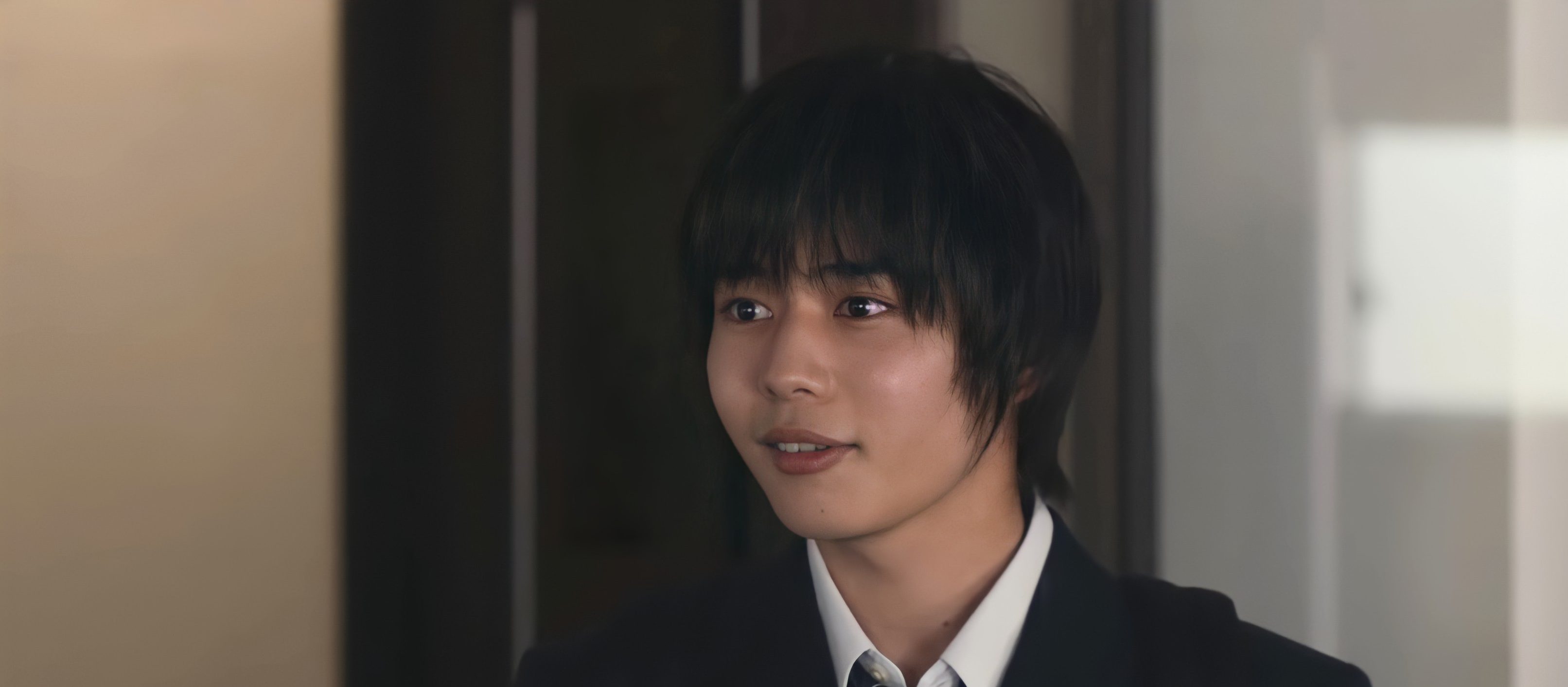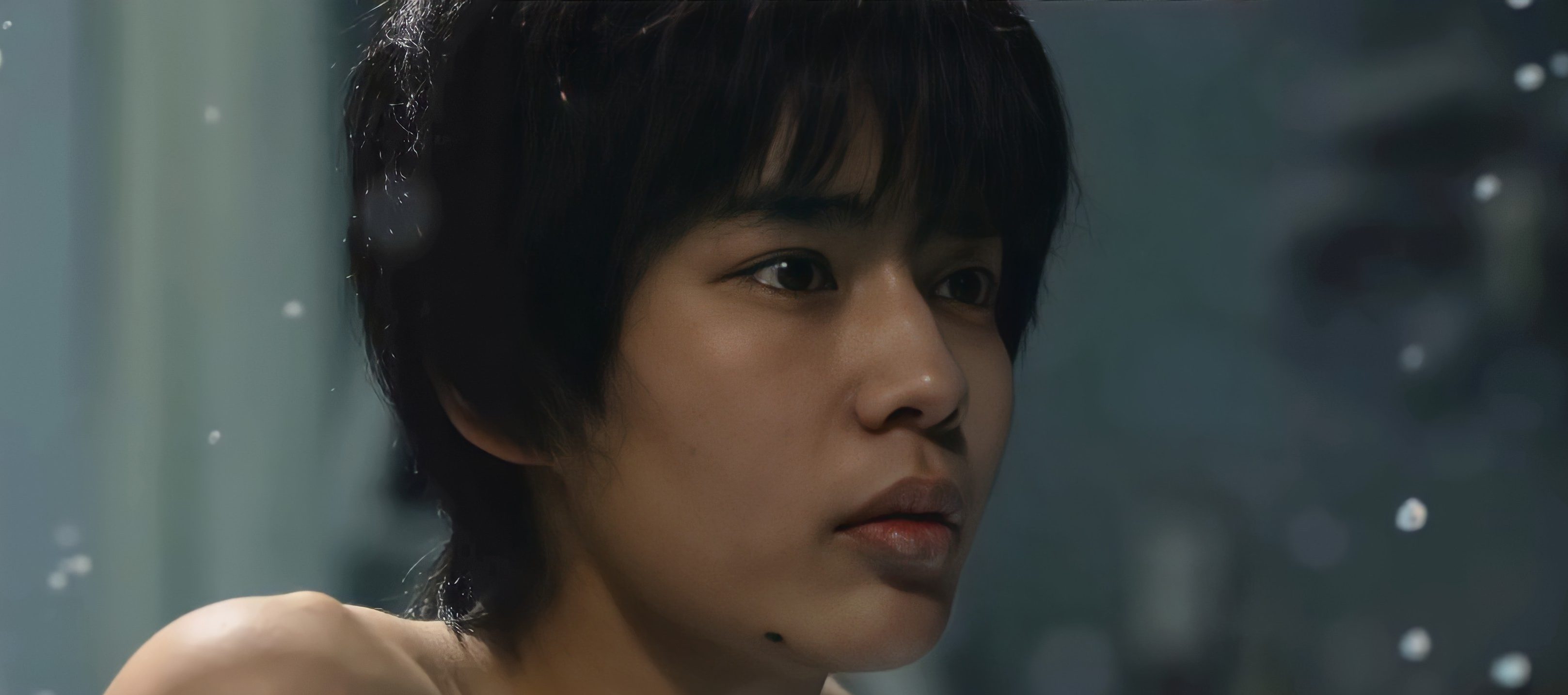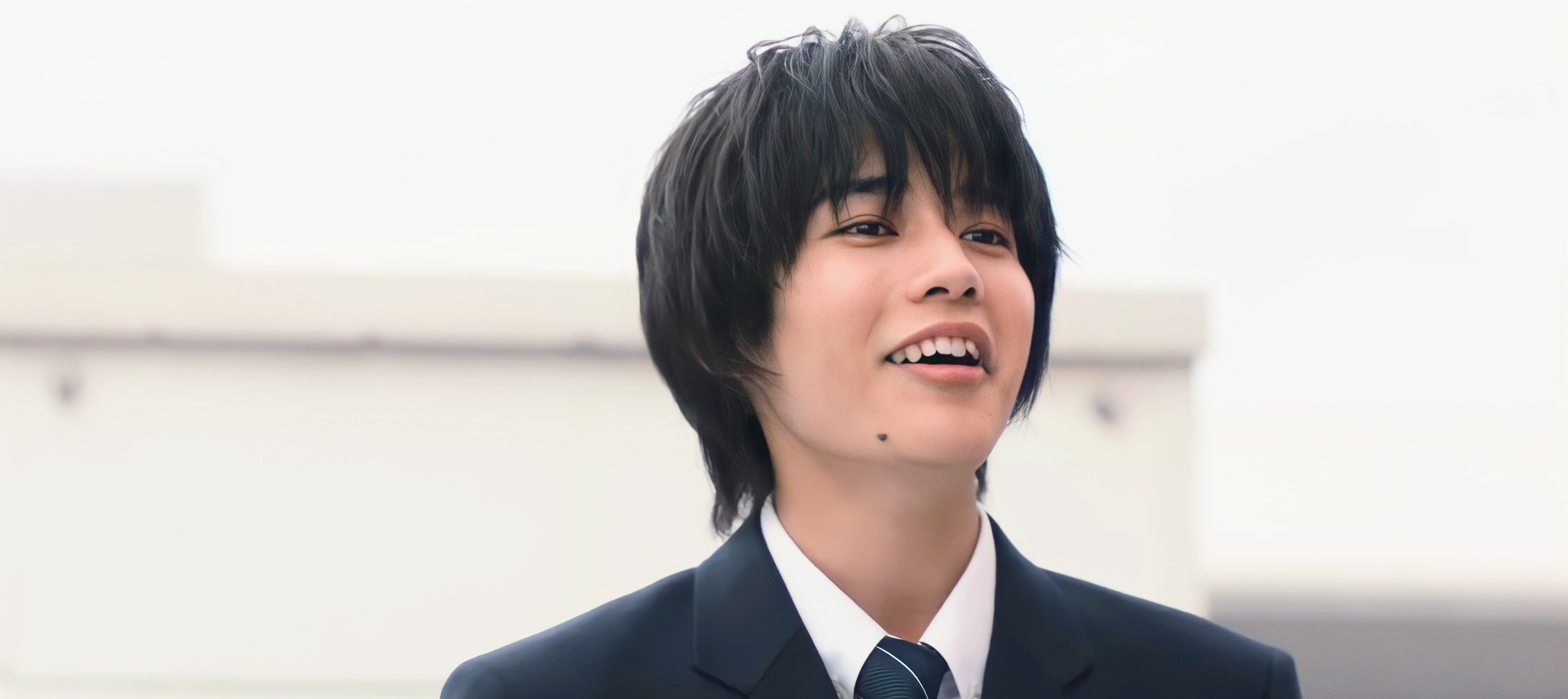Directed by Natsuki Seta, Amazon Prime Video’s Japanese film ‘Homestay’ follows a soul named Blank that reincarnates in the body of Makoto Kobayashi, a deceased high school student. When Blank is offered a rebirth in return for the truth behind Makoto’s cause of death within a hundred days, the soul continues his inhabitation of Makoto’s body to unravel the mystery by pretending to be the high school boy “who returned from death.” Since there are several unbelievable stories of individuals returning to life from death, one must be wondering whether the film is based on such a real-life occurrence. Let’s find out!
Is Homestay a True Story?
No, ‘Homestay’ is not based on a true story. The fantasy film is an adaptation of Japanese novelist Eto Mori’s novel ‘Colorful.’ Natsuki Seta, the director of the film, was drawn into the novel due to its multi-dimensional presentation of life. The significant perception of life the novel offers and the central mystery of “why did Makoto die” appealed the filmmaker to adapt the novel impeccably into the medium of cinema. Like the novel, Seta’s adaptation also focuses on the value and significance of life, which are entwined with elements of fantasy.

Even though the film is not based on a true story, the novel discusses a universal subject, which enhances its relatability. “The themes of the book are so universal, even if a lot of the details aren’t. I think readers around the world can relate to being that age, to trying so hard to figure things out and yet messing up spectacularly. My hope is that readers will leave the book with a feeling of forgiveness toward themselves. They might be a mess, but we all are, even if we don’t look it. I think that’s a lesson that resonates wherever you are in the world and whatever language you grew up speaking,” translator Jocelyne Allen said about the book in October 2021.
Seta’s adaptation captures this universality and soul of the novel incredibly. Makoto’s realizations about his own mistakes and his attempts to straighten his wrongs for the life ahead are two of the several examples the film offers the viewers to examine one’s own life. Even within its fascinating fantasy undercurrents, the film depicts the relatable fear of death and the desire to extend one’s life. Blank’s wish to achieve a rebirth while being hunted by death addresses one of the human beings’ inherent wishes.

Natsuki Seta also uses the scope of fantasy to broaden the themes of life and death efficiently. The presence of “Guardian” and the hourglass that indicates Blank’s time left in Makoto’s body depicts the inevitable presence of death in one’s life. The film also addresses the subject of adolescent suicides sensitively and ends by emphasizing the unequaled value of life. The fiction and fantasy in ‘Homestay’ are tools for the filmmaker to portray the various facets and splendidness of life. Its universality helps the film to astonish the viewers with the heart-warming tale of Makoto and the soul that resides within him.
Read More: Homestay Ending, Explained: Is Makoto Dead or Dreaming?


You must be logged in to post a comment.